What does it sound like when we, humans, are no longer part of the noise?
Niki Pielsticker, Eva Pobeda, Quentin Delvaux, Ella Wanendeya
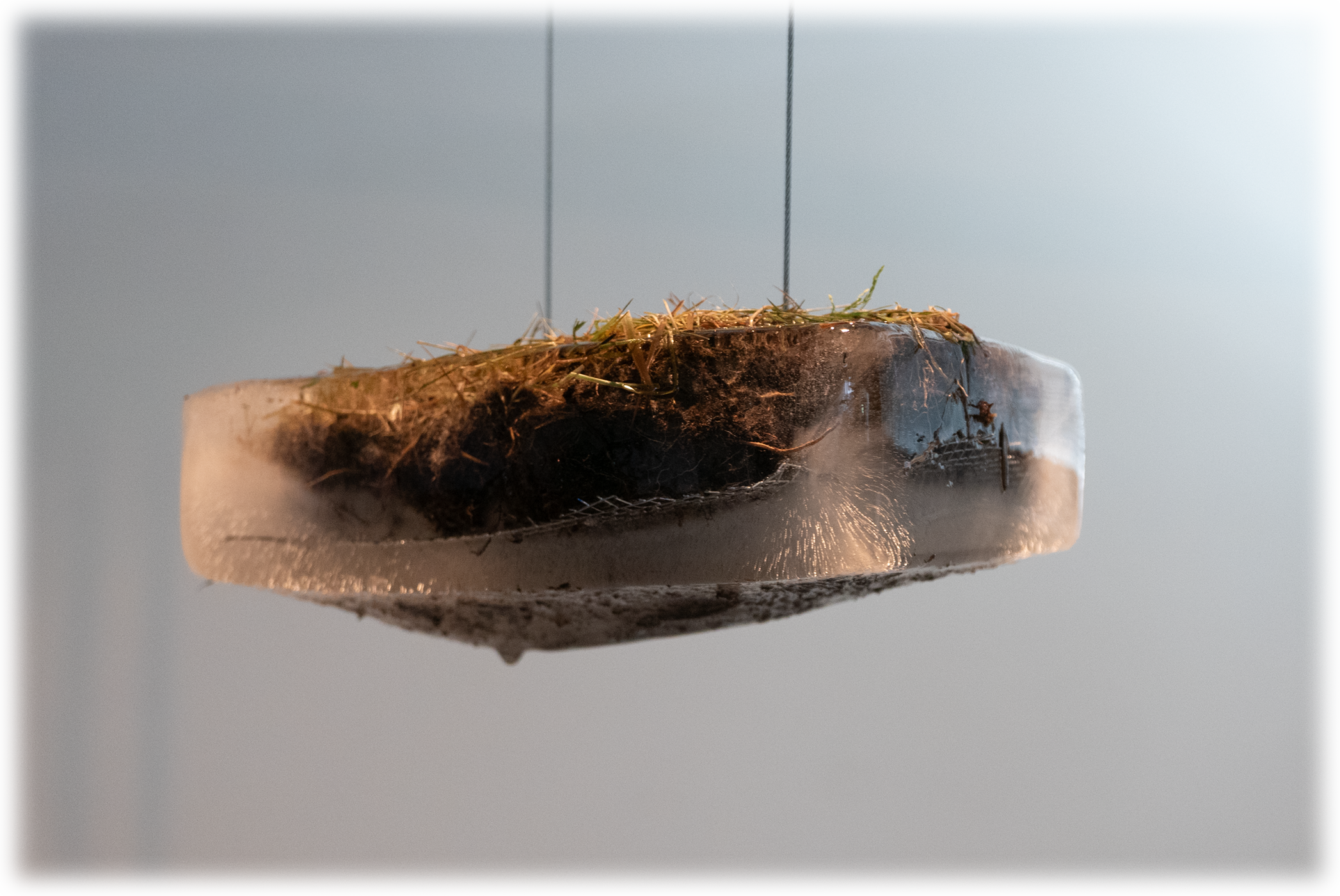
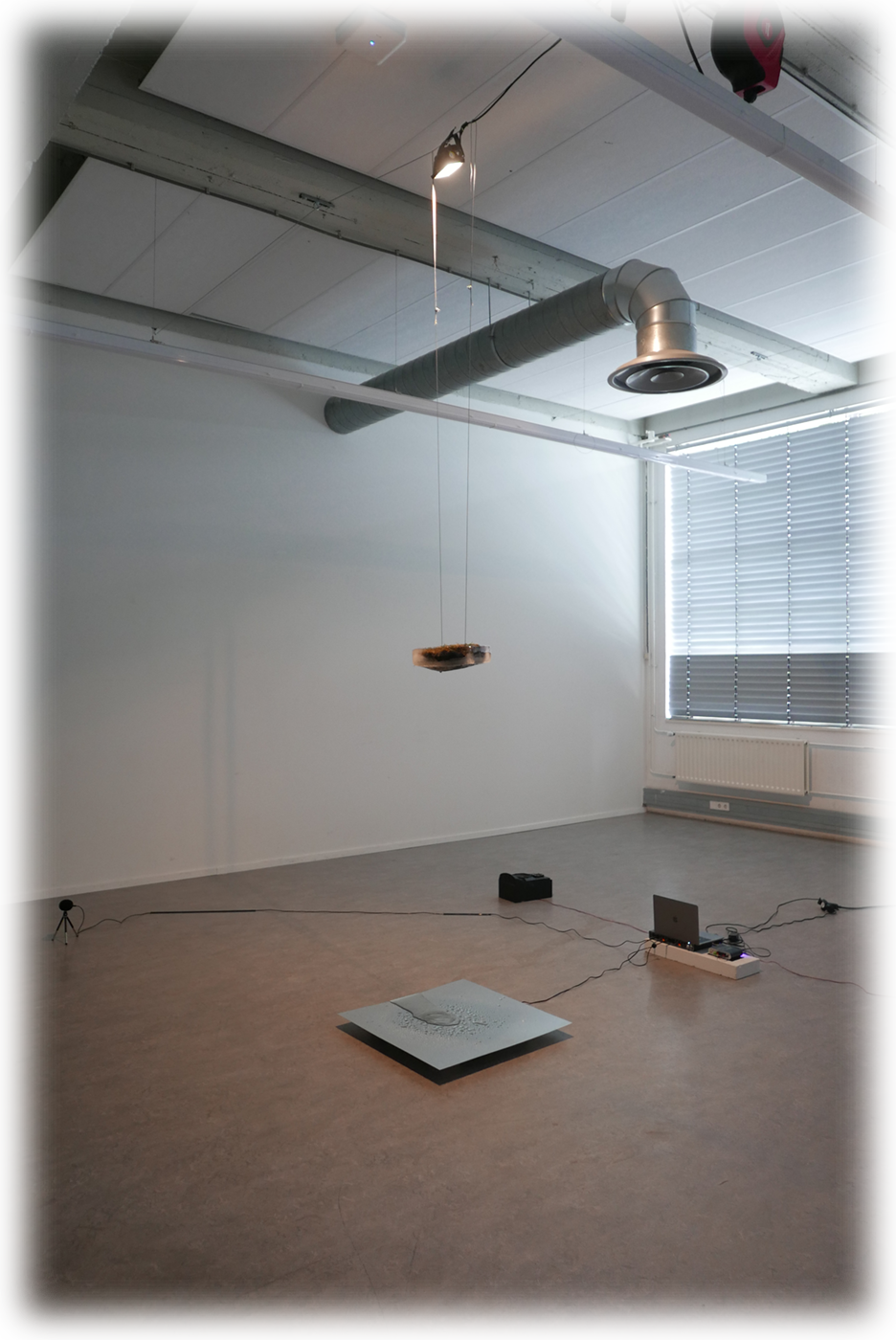
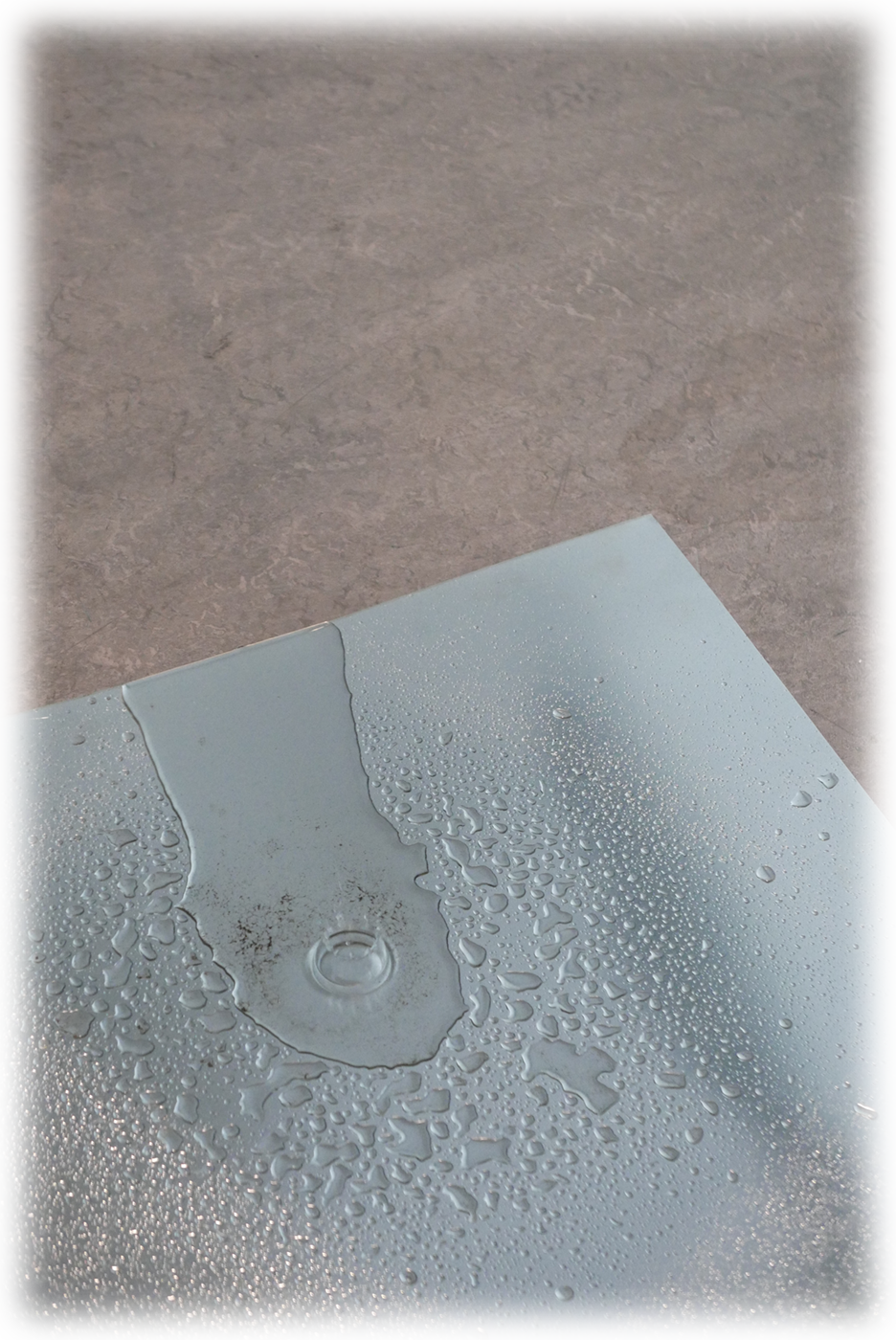
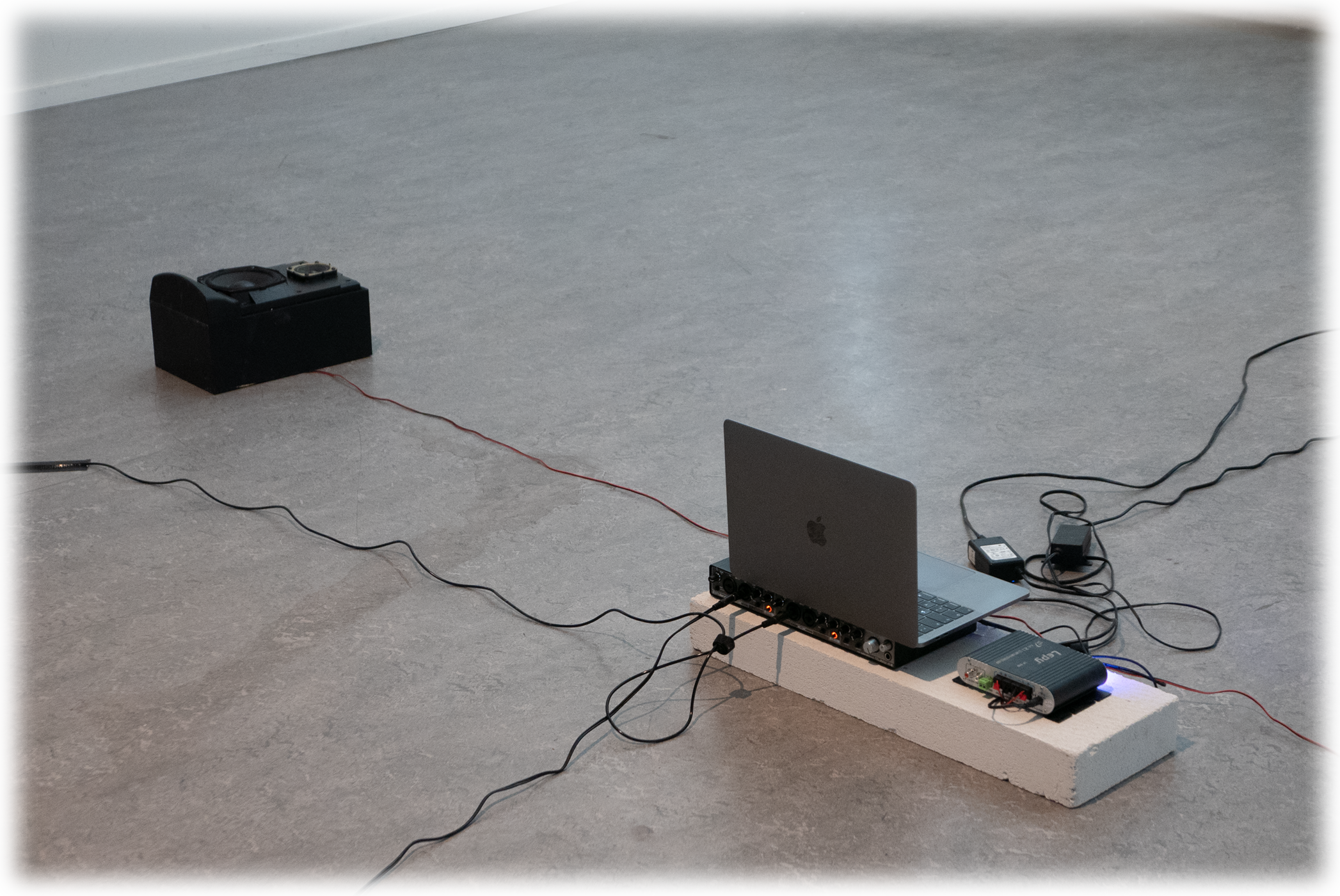
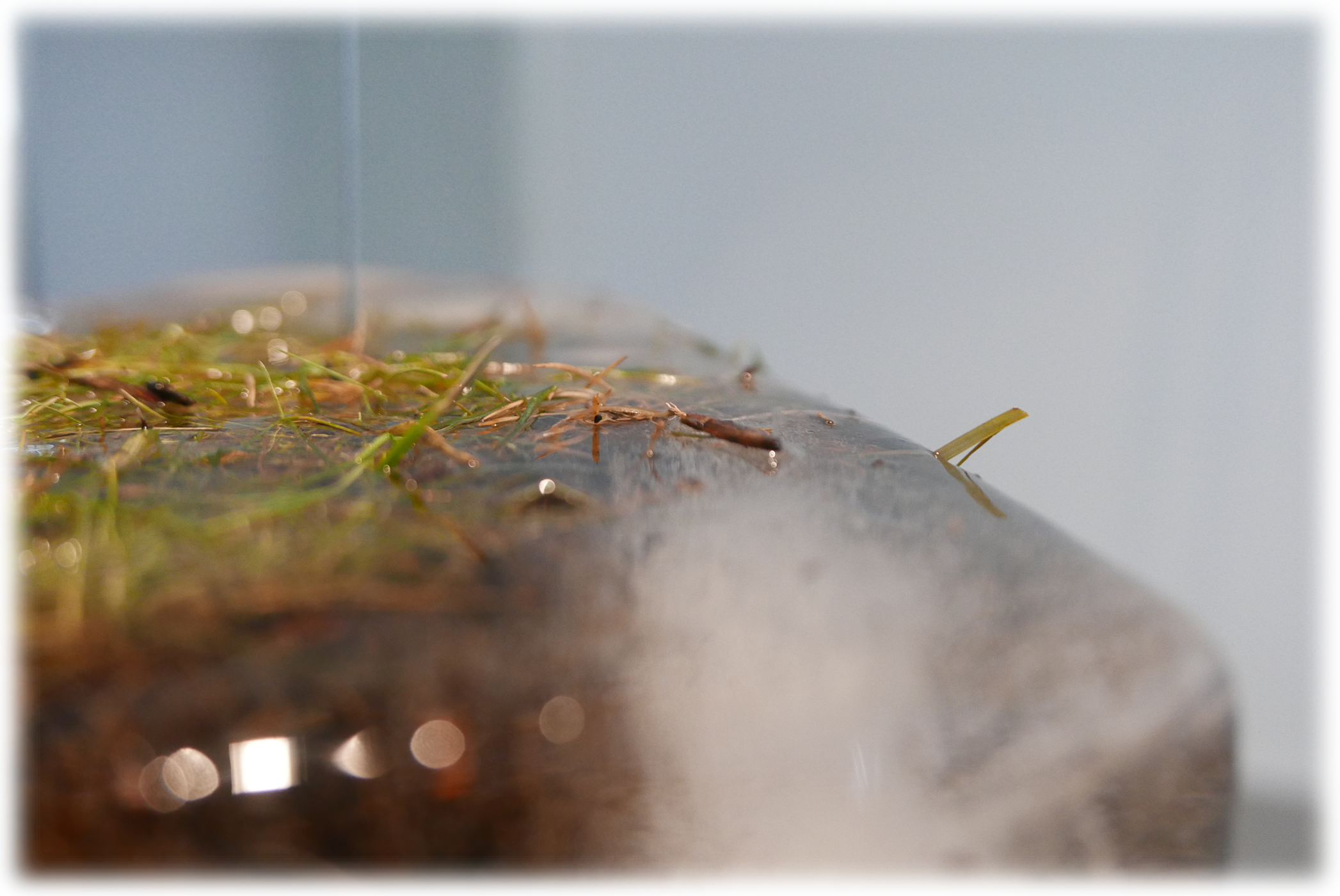
500 years ago they found seeds deep beneath the ground – more than 30,000 years of history encapsulated by ice and soil, frozen for eternity. At least, that’s what they thought. They tried to anticipate the future, creating climate models and extracting samples from our ground. Today the ice has almost entirely melted. And our weirdly-shaped ancestors have left, they no longer exist, at least not as they once did. Ice is the word they used to describe static water. And back then, in some places, ice held soil together. The same soil that, today, consists of their plasto-metallic relics. We were a part of their soil then, we are precisely what they tried to anticipate. Now we know, we know they could have never imagined us or our world into being.
The permafrost – a permanently frozen layer on or under the surface of the Earth – is thawing at an increasingly rapid rate due to global warming, threatening human existence as we know it. One of the defining characteristics of permafrost is as curious as it is alarming: we do not know what will happen once it melts, releasing everything it holds and hides. All scientists can do is speculate. With this project we too take on a speculative lens – through a poetic yet unnerving materialisation our goal is to lead people to question what current and very real character we are playing and how it will develop in the future.

The installation, made of water, soil, and sound – all borrowed from the surroundings of the Design Academy – aims to alter anthropological paradigms. We take the audience into the metaphorical womb of this permafrost as an invitation to acknowledge our own corporeal, aqueous properties and to understand that we are all interconnected through this watery nature.
As humans, we seek to dissect and explain things in literal terms, something which is impossible with permafrost and that further contributes to the fascination surrounding it. The audio we have created is intentionally hollow, to convey a post-anthropocenic landscape that has not been translated for human understanding. This creates a gap and a thirst for connection, destabilising human listeners and removing them from their position of power.


One key to our research was Neimanis’ perception of watery embodiment which argues that the human-centric way of viewing water prioritises human needs over those of the environment and of other living beings and that individualism is simply a convenient myth. Our project plays on this tension by fast-forwarding the anthropocene into a realistic future where humans – as such – have driven themselves to extinction. We believe that figuration can be a response to contemporary questions and, rather than a romantic aesthetic representation, we expose a stripped-back, disturbing reality.